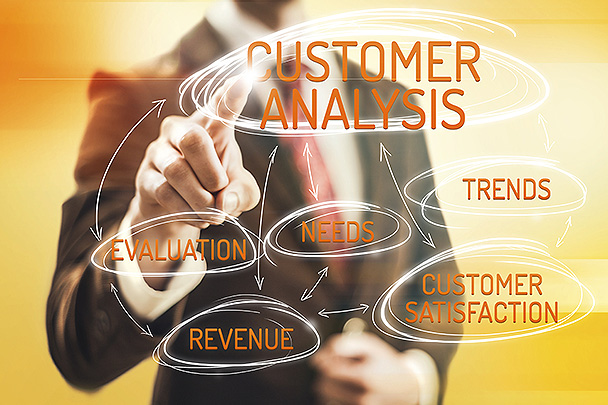I presented a session on “The Future of Customer Analytics” at the Business Analytics For All Forum last week in Brussels, Belgium, along with two other presenters.
Andrew Pease, the Global Practice Analytics Lead at SAS, presented some great case studies of how organizations are using analytics to drive “superior customer dialogues.” Customers are “speaking” to vendors through data, but data volumes and complexity can drown out their voice without sophisticated analytics.
He noted that because of technology advances, there has been a shift in customer analytics from strategic back-office number-crunching to more real-time operational analytics at the point of sale. As analytics becomes an essential part of the customer experience, organizations must avoid the “the computer says no” stereotype of frustrating customer interactions.
Professor Gino Van Ossel of Vlerick Business School gave a lively presentation covering the latest trends in retail marketing. He emphasized that customer analytics now allows us to experiment in new ways and get deeper, in-depth feedback from customers than previous methods such as focus groups. But most retailers have only a limited view of customer behavior, despite the large quantity of data available. He offered the example of different scenarios in a clothing store:
- A customer skims through a rack of dresses, but doesn’t pick one out
- A customer takes a dress from the rack, holds it up in the mirror, then puts it back
- A customer takes a dress from the rack, tries it on, then puts it back
- A customer takes a dress and purchases it
Only one of these cases is recorded in the retailer’s information systems. Various retailers such as Burberry are experimenting with systems that can give more insight into what goods are NOT purchased, and why – the equivalent of tracking clicks and abandoned shopping carts in online retailing.
He noted the explosion of interest – and profits – generated from “omnichannel retailing” that combines the best of online and offline assets. Today, it’s still very common to find retailers that cannot allow customers who have purchased something online to return it to a physical store because of incompatible systems. He cited one company trying to change their approach: “we have to think of ourselves as pureplay online retailer that just happens to have 500 physical stores – how can we use them to optimize the overall experience?”
To be successful in omnichannel retailing, organizations must have a 360-degree view of customer interactions, such as that provided by the SAP Customer Activity Repository, and a platform that allows a personalized experience across all the different customer points of contact.
In my presentation, I covered the different trends affecting analytics and the customer experience
Topics covered included:
- Trends in consumer attitudes to vendors
- The #1 user of big data in organizations is to improve the customer experience
- Most organizations are starting to make use of the power of predictive technology to improve the customer experience
- The “datification” of daily life is exposing previously-invisible customer activities to analysis and optimization
- Customer privacy is a big and growing concern – big data is a powerful weapon that must be used wisely
- Data quality remains a big barrier to successful customer analytics
- Analytics is now an essential part of the real-time customer experience. This has meant a shift of analytic budgets, and power, to the business units, notably marketing.
- Predictive analytics is going through the end of a “chauffeur era.” The latest predictive analysis tools are are easier, more flexible, and require less deep expertise, and so business people can increasingly “drive themselves.”
- Analytics can be used to understand customers better: newer possibilities include social analytics, social network analytics, and mapping
- Analytics can be used to optimize sales: real-time best offers, optimized pricing strategies, and optimized product packages
- Analytics can be used to improve the customer experience
- Analytics can be shared with customers directly to improve customer loyalty
- Technology is important – but the biggest barrier today is creativity and understanding the best options available. Design Thinking workshops can help.

Comments
One response to “The Future of Customer Analytics”
Knowing why someone didn’t buy something is just as useful and knowing why they did buy. What is the missing piece of the puzzle? And how can you connect the dots to make someone buy as opposed to just browse?